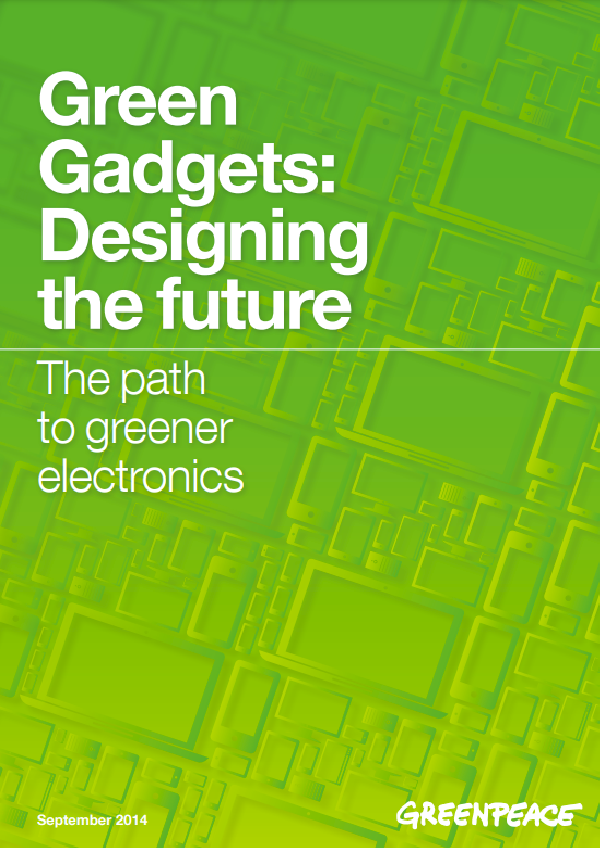Today, more and more people around the world rely on laptops, phones, and tablets as an essential part of their everyday lives. However, the rate at which they purchase and discard these devices is having a serious impact on our planet.
There is an increasing demand for greener, longer-lasting electronic devices, and the industry has shown progress is possible. When companies apply their know-how and innovative spirit, change can happen, from increasing the energy efficiency of our devices to progressively eliminating the hazardous substances contained in them.
While the electronics industry has taken several steps in the right direction, crucial and growing problems remain. The massive quantity of dirty energy used in the manufacture of electronics – mainly by suppliers in East Asia – has not yet been properly addressed. While the elimination of the worst hazardous substances from products by leading electronics brands can be judged as a partial success, many major companies are still lagging behind. Large quantities of hazardous PVC are still used in electric cables for PCs and TVs in particular. These dangerous substances will remain in discarded e-waste for many years.
Toxic e-waste is predicted to grow to 65.4 million metrics ons in 2017. The recycling of this e-waste becomes even more problematic when it is exported to countries in the Global South where dangerous backyard recycling often takes place, posing great health risks to the local communities. While electronic take-back programs are growing, the speed of collection cannot keep pace with the rate of consumption. This worldwide growth in consumption is multiplying the environmental and human health problems associated with an electronics industry currently built on an unsustainable model.
When talking about the products themselves, significant progress has been made on the phase-out of certain hazardous chemicals. Much of this has been in response to initiatives and campaigns by environmental and consumer groups – such as Greenpeace’s campaign for Greener Electronics, including the successive editions of the Guide to Greener Electronics.
The electronics industry has a crucial role to play to help bring about a renewable energy revolution, ensure a toxic-free future, protect the health of its workers, and prevent environmental pollution. However, the clean-up of manufacturing methods or the elimination of hazardous chemicals in products and processing is only part of the solution. To ensure a credible response to these urgent environmental issues, major companies need to rethink the way that electronic devices are used and made, in order to reverse the ever-increasing consumption of consumer electronics. As the demand for greener electronics from the public grows, companies should prove their ability to innovate, building on their progress so far and going beyond what we think is possible now. The electronics market is perfectly placed to lead the way towards a truly greener, more sustainable future.
Source: Greenpeace (http://www.greenpeace.org)











